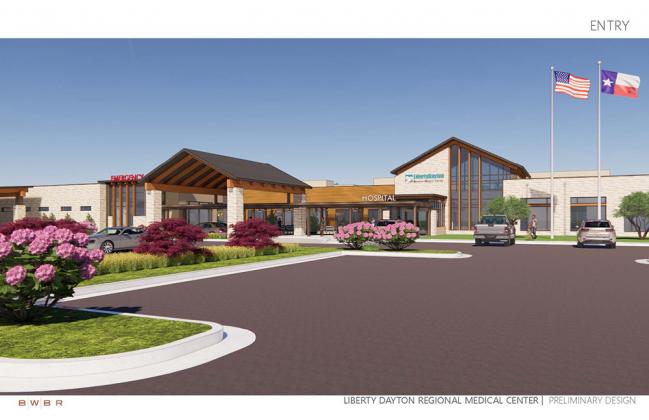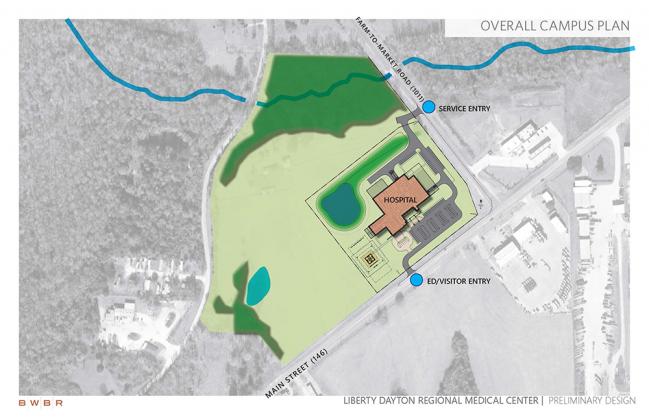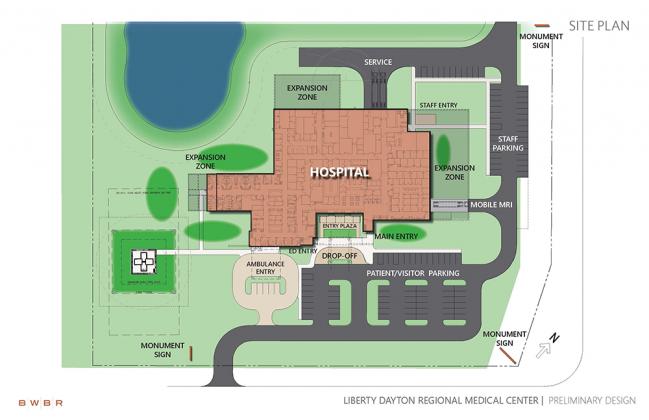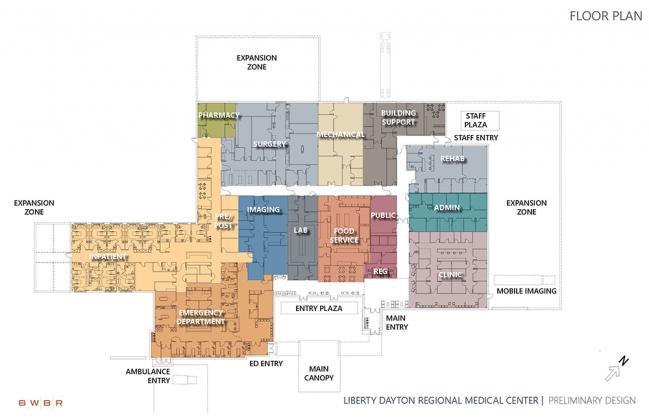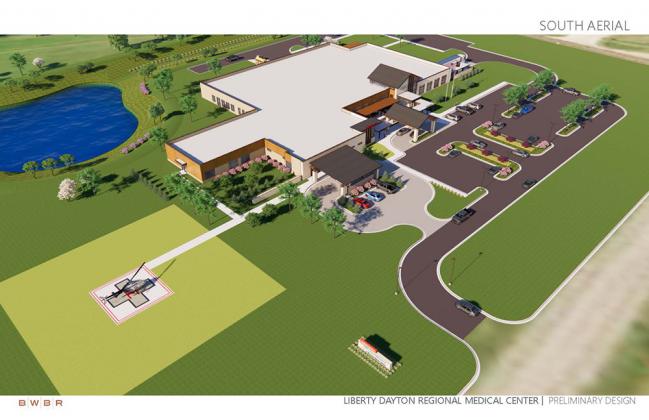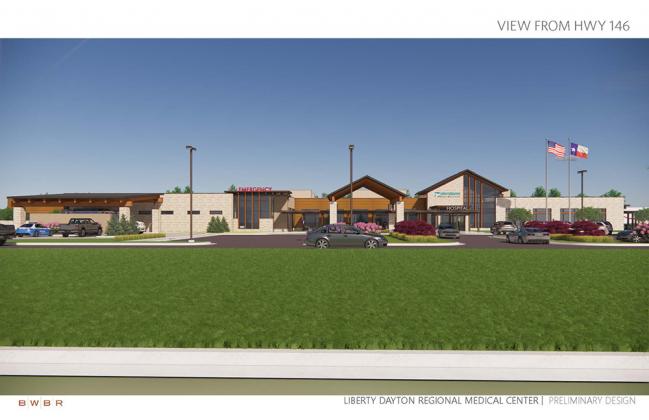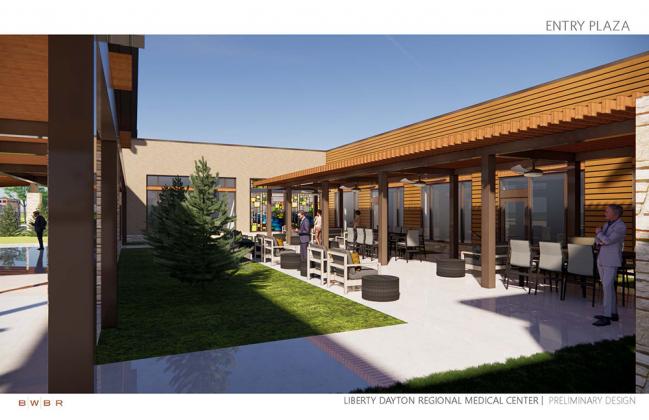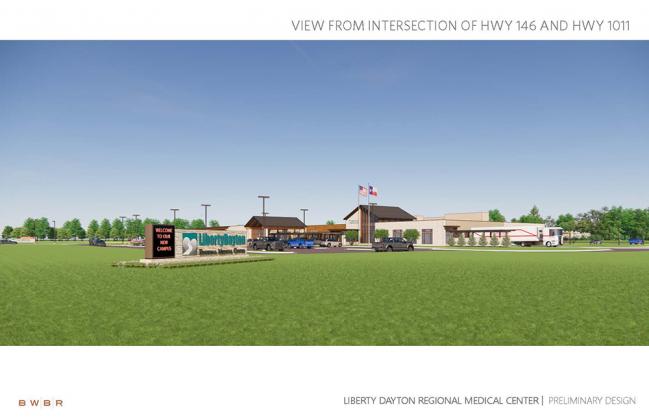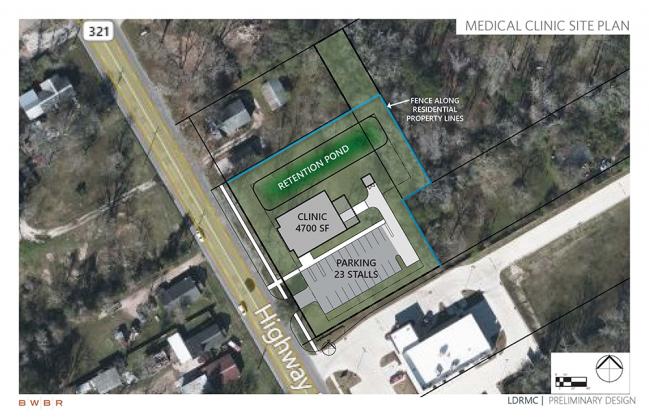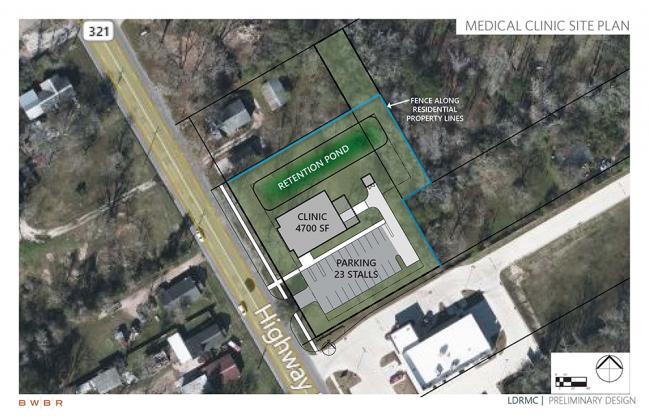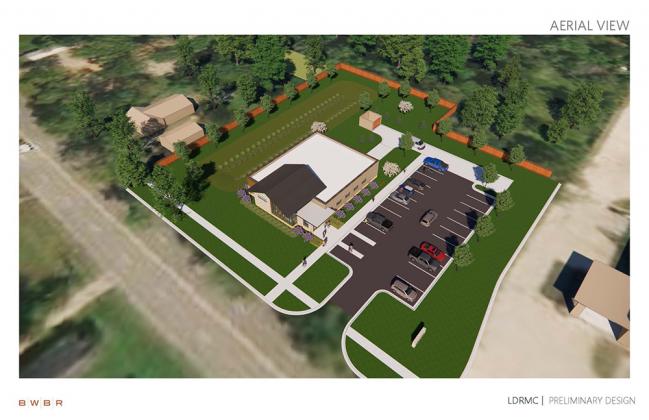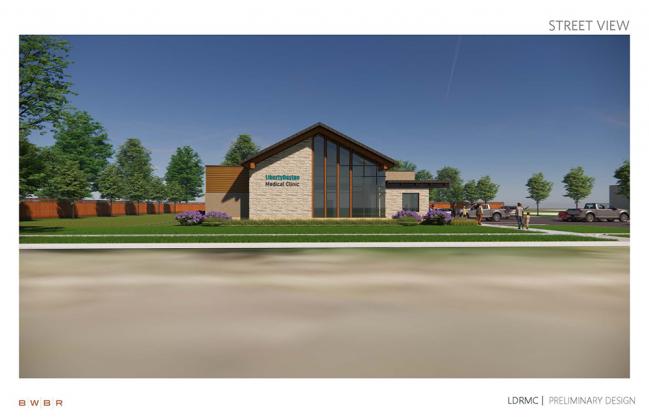New Hospital and Clinic Planned Pending Voter Approval of November Referendum
The Liberty County Hospital District has formally launched a campaign in support of a referendum to build a new 51,000-square-foot Liberty Dayton Regional Medical Center, as well as a separate freestanding clinic just north of downtown Dayton.
A referendum on the November 2 general election ballot will seek an additional 9-cents per $100 property tax valuation, a rate that district leaders confirm remains one of the lowest for hospital districts in the state. Passage of the ballot propositions would support $43 million in bonds for construction of the two facilities.
“We hope that voters recognize that access to enhanced healthcare services – from routine examinations to emergency needs – is critical for the well-being and security of every resident, as well as the region’s economic development,” says Bruce Stratton, president of the Liberty County Hospital District. “The new hospital’s location will be more convenient for everyone and offers room for expansion to support the growth that we know is coming to our communities.”
Plans for the new hospital call for 10 private and semi-private inpatient beds, emergency services with eight exam rooms and one trauma room, a full range of imaging services, a community clinic, physical and occupational rehabilitation services, and other capabilities. The 35-acre site at the intersection of TX Hwy 146 and FM 1011 was donated to the district, so no land acquisition and associated costs are necessary.
The proposed 4,700-square-foot clinic in Dayton would provide a much-needed alternative for medical care, with extended hours throughout the week and on weekends for both appointments and minor emergencies. In addition, the facility would provide medical exams, imaging, lab testing and similar diagnostic services. The 1.25-acre site on Cleveland Street has already been purchased by the district.
Pending approval of the referendum, the new hospital is projected to require15 months of construction, and the clinic has a construction schedule of seven months.
“We’re well aware that the current facility is expensive to maintain, and its construction materials and layout make it difficult to add the new technology and services our region needs,” said Paul Henry, vice president of the district. “Our constituents have called for better healthcare close to home, and that’s exactly what these new facilities will offer.”
A number of residents have formed a committee, Alliance for Better Care, to provide information about the proposal. The group has launched a website, www.allianceforbettercare.com, that includes renderings and additional details about the new facilities. Presentations to community organizations are also being planned.

